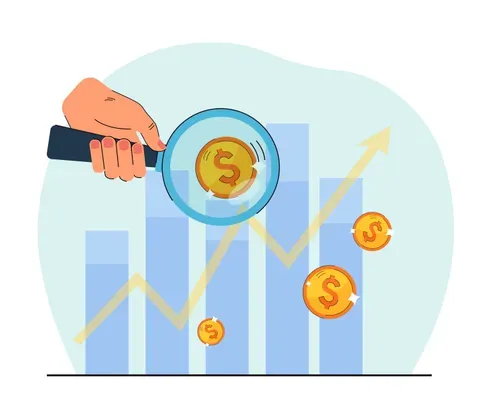
Functions of taxes
Objective:
The students deal with the various functions of taxes and recognize their importance for the state and society. The worksheet looks at the steering function of taxes in detail, but can be adapted so that another tax function - such as the financing, redistribution or stabilization function - is dealt with instead.
Contents and methods:
The worksheet begins with a thought experiment: The students imagine living in a country without taxes and consider what impact this would have on their daily lives. They then learn about one function of taxes in detail. The students analyze the opportunities and risks of this function and reflect on whether and under what conditions a tax with this objective makes sense.
Skills:
- Understanding the various tax functions
- Detailed examination of a specific tax function
- Analysis of the effects of tax measures
- Reflection on the role of taxes in society
Target group:
From year 9 onwards
68 other teachers use this template
Target group and level
From year 9 onwards
Subjects
Functions of taxes


Introduction
Imagine you live in a country called “Freeland”. The government has decided to stop levying taxes. Instead, all citizens are free to decide whether and how they want to finance services such as education, health or security.

📝What could the consequences be if the state does not levy taxes?
📌 As you have already noticed, taxes can have a major impact on life in a community. They fulfill various functions. Now take a closer look at a specific function.
The Steering Function of Taxes
Taxes are the main source of revenue for the state. They are used to finance public tasks that benefit everyone. Taxes serve various functions, one of which is the steering function. This means that the state uses targeted tax measures to direct the behavior of individuals and companies in a desired direction. This function of taxation is employed to promote socially or environmentally desirable behaviors and reduce undesirable ones. A prominent example is the introduction of taxes on environmentally harmful products or activities, such as the CO2 tax, which aims to reduce the emission of greenhouse gases. By increasing taxes on harmful goods like tobacco or alcohol, the state attempts to decrease their consumption. Conversely, tax incentives, such as subsidies for renewable energy or tax breaks for environmentally friendly investments, can support positive behavioral changes. Thus, the steering function of taxes serves as an instrument for the implementation of political and social goals.
Opportunities and Risks of the Steering Function of Taxes
The steering function of taxes offers numerous opportunities to promote social and environmental goals. The state actively intervenes in the behavior of individuals and companies through tax measures to achieve desired changes. One prominent example is the CO2 tax, which aims to reduce greenhouse gas emissions. Environmentally harmful products and activities are financially burdened, creating incentives to choose more environmentally friendly alternatives. This is complemented by subsidies for renewable energy or tax breaks for sustainable investments, which motivate companies and individuals to invest in eco-friendly technologies. Thus, tax policy contributes to climate protection and the creation of a more sustainable society.
However, this steering function also carries risks. High taxes on certain products or services could disproportionately burden low-income households and exacerbate social inequalities. Furthermore, high tax burdens may lead to businesses relocating abroad, which could jeopardize jobs and economic stability. Additionally, the effectiveness of tax incentives is often limited, as companies might take advantage of the benefits without genuinely implementing sustainable measures.
Balancing the opportunities and risks is crucial. Only a well-thought-out tax policy that equally considers ecological and social aspects can ensure that the positive effects outweigh the negative consequences. Precise planning and continuous adjustments are essential to achieve long-term goals and avoid undesirable side effects.

